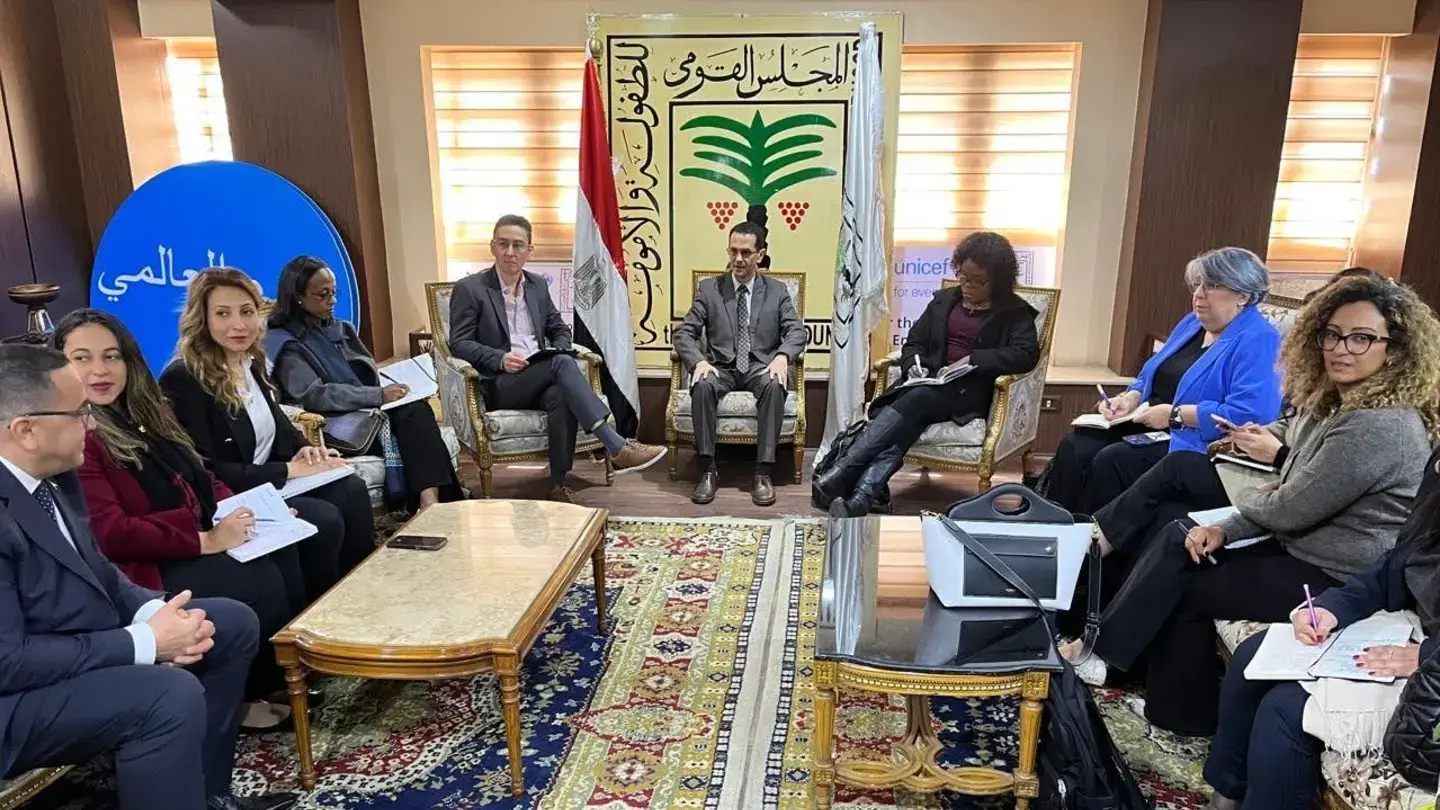As the global spotlight has turned more sharply over the last decade on the persistence of violence against women and girls, the need for more and better data to inform evidence-based programming in order to address this human rights violation has escalated. As this brochure describes, advocates and defenders of women’s and girls’ safety and rights, as well as international agencies, national policymakers and donors, need to to understand the nature and magnitude of the violence. They seek information and guidance on how statistically sound data can be collected on a subject that, though present and often pervasive in most societies and cultures, is sensitive and often hidden.
Over the years, the UNFPA country and regional offices in both developing and humanitarian contexts have identified the dearth of reliable data on this issue as a common challenge. In many contexts, the challenge is compounded by weak sectoral infrastructure, a lack of strong support and sectoral coordination in relevant government ministries, and significant cultural or religious barriers to admitting, confronting or even discussing the issue. Yet, such VAWG data is essential to help quantify and qualify problems, inform policies and design programmes based on evidence.





